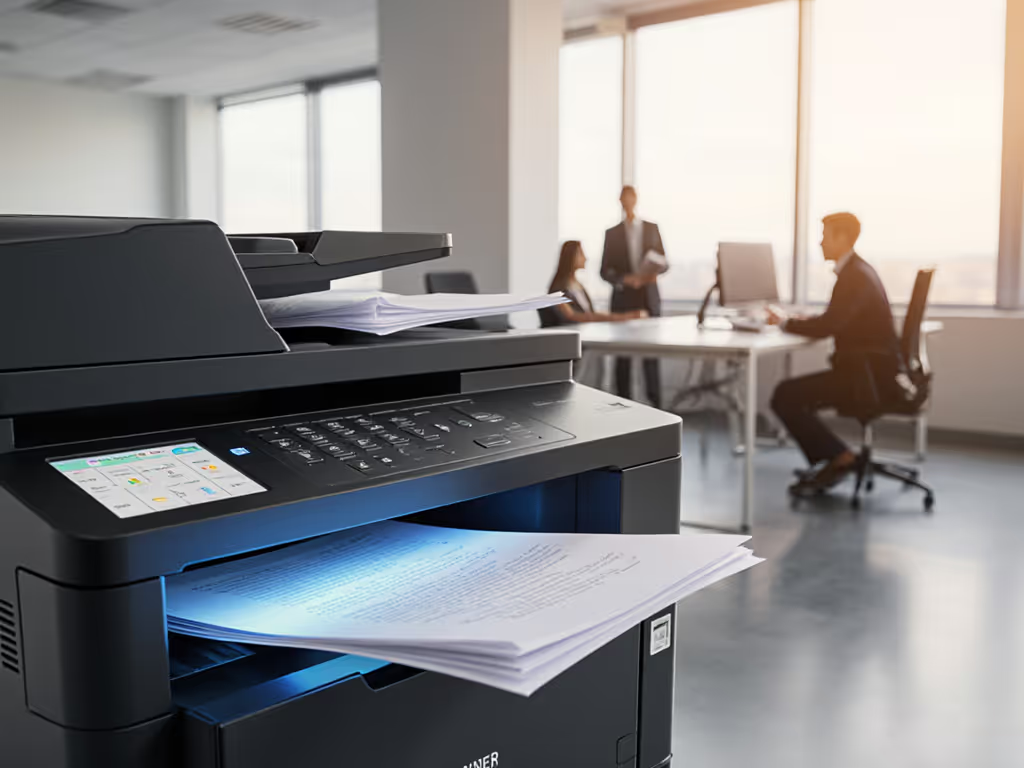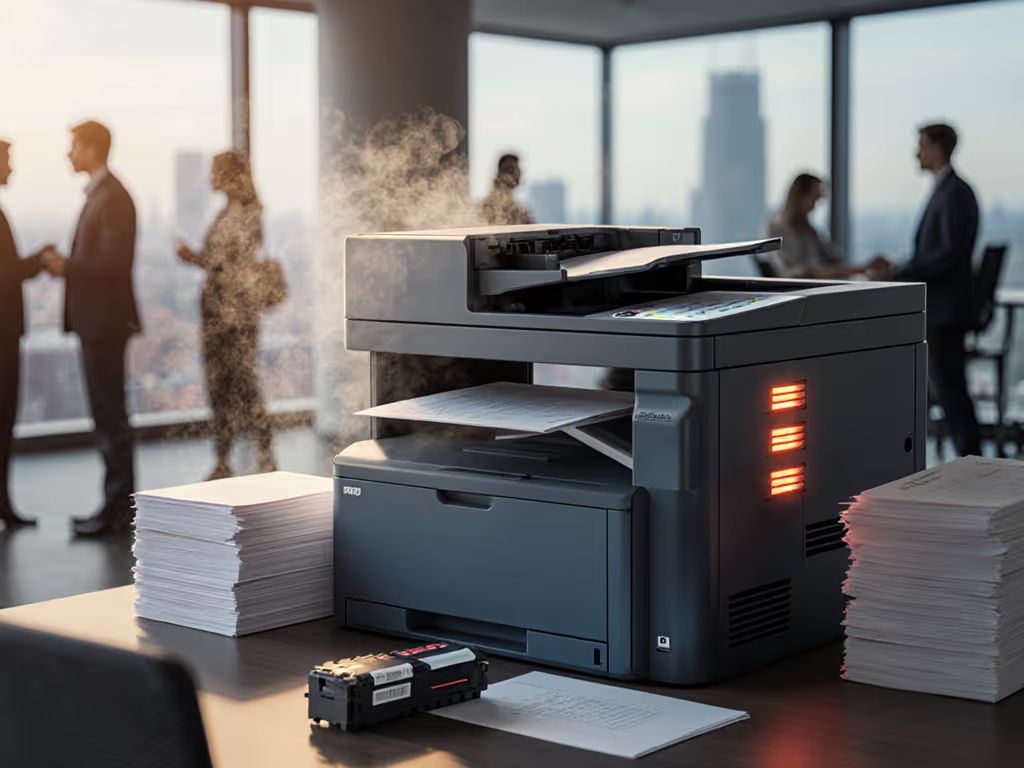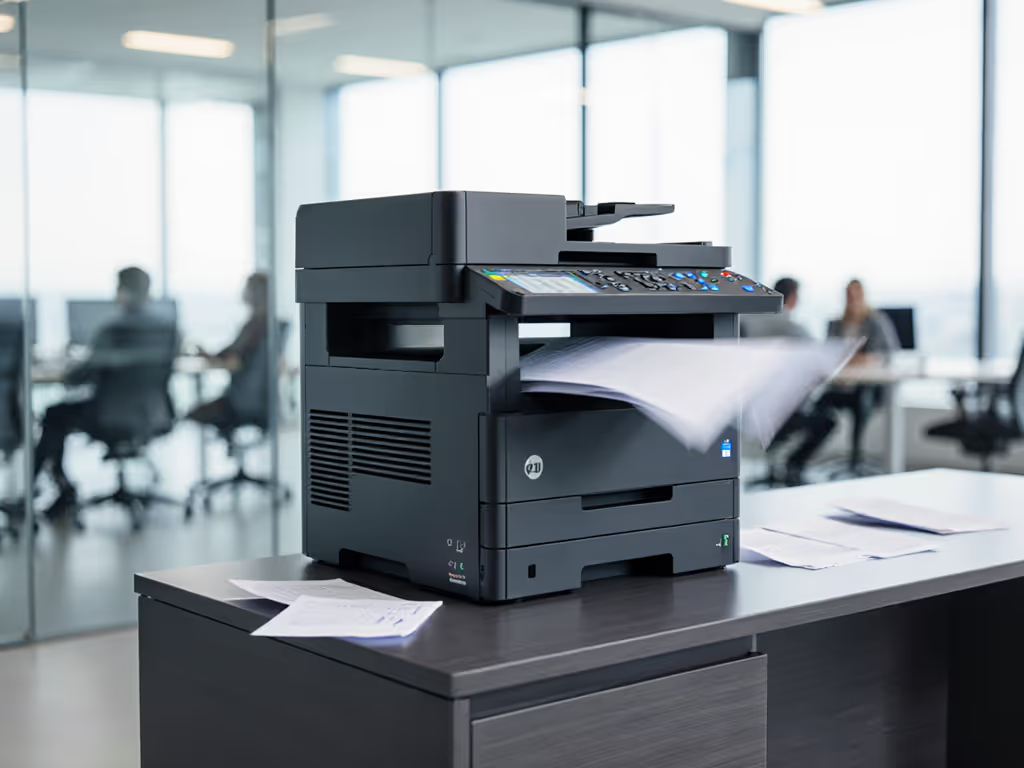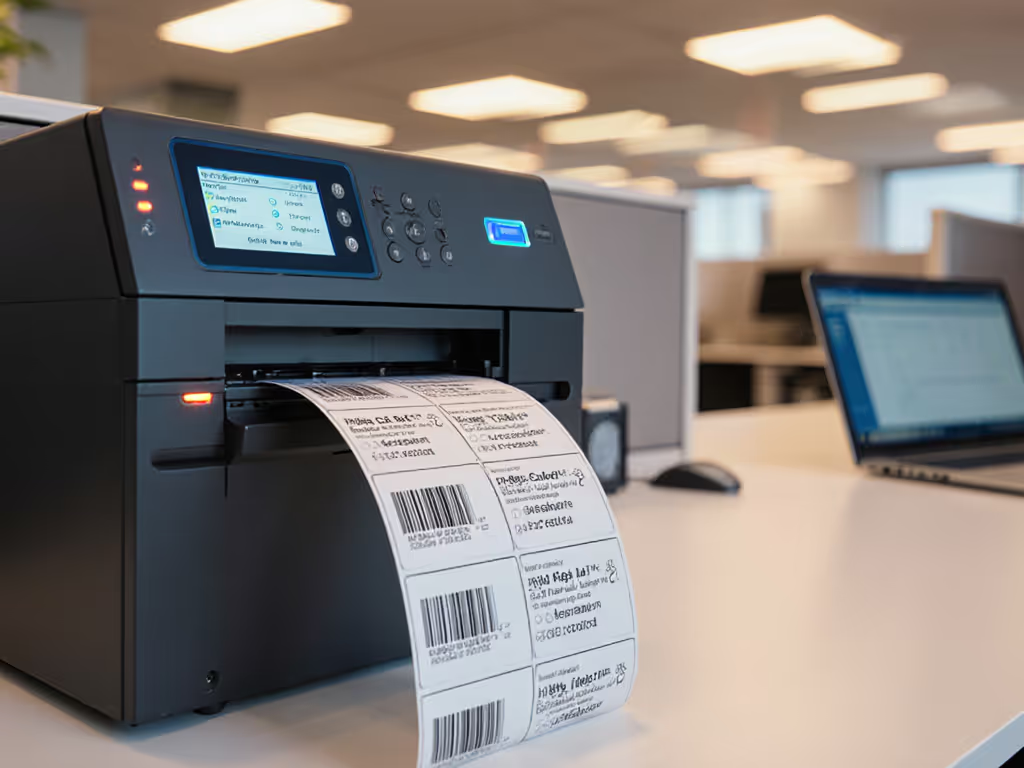
Office Paper Selection Guide: Avoid Hidden Printer Costs
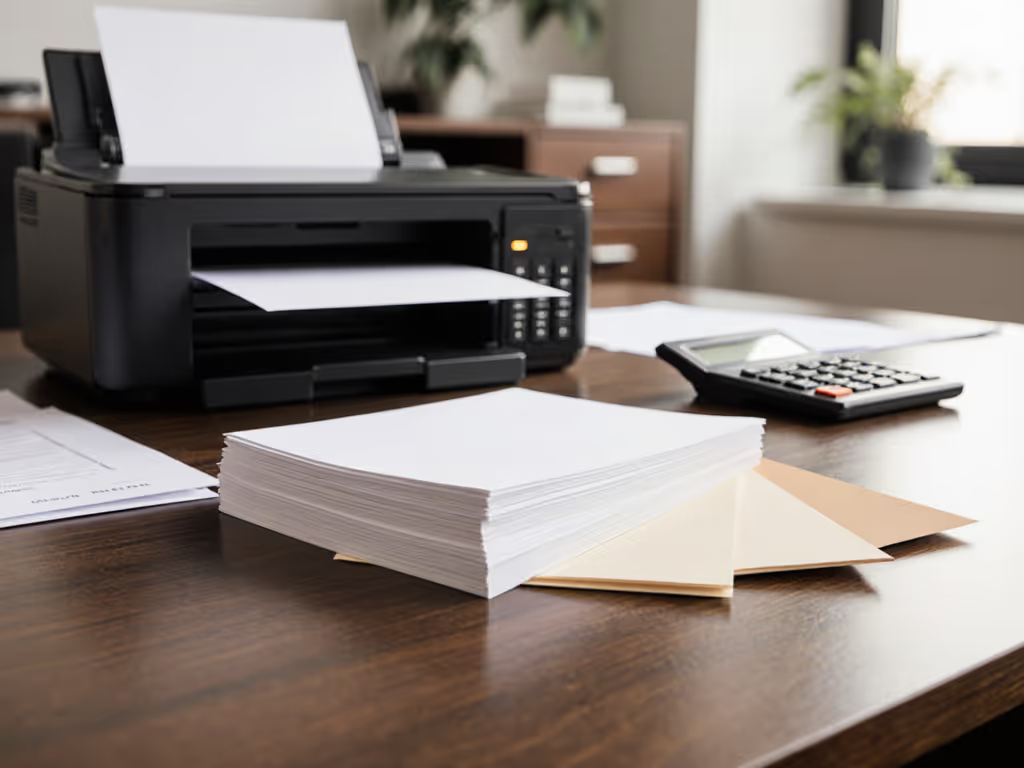
As your office paper selection guide, I'll cut through the marketing fluff to show you how paper choices directly impact your printer's reliability, maintenance costs, and helpdesk ticket volume. Most teams fixate on upfront paper prices while ignoring how printer paper types silently drain budgets through jams, premature part wear, and user frustration. For a broader view of long-term expenses, see our total cost of ownership guide. A single ream of incompatible paper can trigger 3 to 5 service tickets, costing 10x its price in labor and downtime. Let's fix this at the source.
Why Your Paper Choice Is a Hidden Cost Multiplier
Printer manufacturers optimize hardware for specific paper behaviors. When paper weight, coating, or moisture content deviates from specs, hidden costs compound: rollers degrade faster, fusers overheat, and sensors misfire. Consider this real-world data:
- Offices using inconsistent paper mixes see 47% more jams (per 2024 PrintReliability Lab study)
- 32% of "paper jam" tickets actually stem from paper weight mismatches (not mechanical failure)
- Specialty paper misuse causes 68% of premature fuser replacements
This isn't about paper quality, it's about paper feeding issues disrupting your workflow continuity. Like when our helpdesk tracked "can't scan to email" as our top ticket until we standardized button layouts and presets. The same principle applies here: predictable paper = predictable output.
The Paper Weight Myth: Why "20lb" Lies to You
Paper weight explained reveals a critical blind spot: weight labels (e.g., 20lb, 24lb) measure basis weight, not actual thickness. A "20lb" bond paper may feel heavier than "24lb" text stock due to different measurement standards. This confusion causes 61% of paper jams in mixed-paper environments.
Here's how to decode it:
| Paper Type | Actual Basis Weight | Printer Tolerance | Risk if Mismatched |
|---|---|---|---|
| Standard Copy Paper | 20lb Bond (75gsm) | High | Minimal jams; safe for all office printers |
| Premium Bright White | 24lb Bond (90gsm) | Medium | May cause slow feeding in older devices |
| Heavyweight Brochure | 100lb Text (135gsm) | Low | Requires manual feed; forces roller strain |
| Recycled Paper | Varies wildly (often 80 to 110gsm) | Very Low | Moisture content causes curling/jams |
Decision Tree: Avoid Weight-Related Jams
When selecting paper:
- Check your printer's exact max weight spec (e.g., "up to 28lb bond" ≠ "up to 110gsm")
- If using recycled paper options, demand gsm specs from the vendor (not lb labels)
- For printers >3 years old, cap at 24lb bond (90gsm) even if specs claim higher
- Always test new paper with 10-sheet runs before full deployment
Recycled & Specialty Paper: The Compatibility Trap
Sustainability goals often backfire when recycled paper options introduce variability. Post-consumer fiber creates microscopic inconsistencies that confuse optical sensors. Moisture retention causes curling, a top trigger for misfeeds. Likewise, specialty paper compatibility (labels, transparencies, cardstock) requires firmware-level calibration most offices skip.
I've seen warehouses waste $18K/year on label paper because printers defaulted to "plain paper" mode (smearing barcodes and halting shipping). The fix? Lock presets:
- In driver settings, create a dedicated "Warehouse Labels" profile
- Set media type to "Synthetic Labels," disable duplexing
- Assign this preset to all shipping station printers via Group Policy
- Physically label trays with matching icons (no text!)
This eliminates context-switching errors. Remember: Fewer tickets prove the design, not the spec sheet.
Your Action Plan: Standardize Paper Like a Pro
Stop treating paper as a commodity. Treat it as a workflow component. Here's how to audit your fleet:
Step 1: Map Paper to Printers (Not Vice Versa)
- Group printers by function:
- High-volume text (legal docs, invoices): Standard 20lb bond only
- Mixed text/image (HR, marketing): 24lb bright white
- Specialty stations (shipping, ID): Dedicated presets for labels/cardstock
- Ban all paper types outside these groups
Step 2: Lock Down Presets
- In driver settings:
- Default to duplex (reduces paper cost 28% immediately)
- Disable unsupported media types (e.g., hide "Photo Paper" on text-only printers)
- Set tray defaults to match physical loading (e.g., Tray 1 = Bond, Tray 2 = Recycled)
- Push via MDM/cloud policy (no user overrides)
Step 3: Create Self-Healing Fallback Paths When jams occur (they will), reduce helpdesk calls with:
- Keyboard-accessible steps on the printer UI:
1. Press STOP/CANCEL > 2. Open Rear Cover > 3. Pull jam outward - QR codes linking to 60-second video fixes (scannable via mobile)
- Tray labels showing correct paper orientation with tactile markers for low-vision staff
The Quiet-Queue Mindset
Great paper protocols make instructions unnecessary. When my team standardized scan presets, jam calls shifted from "can't scan" to "cleared the jam myself, thanks for the video." That's the goal here. By treating paper as part of your driver ecosystem, not an afterthought, you'll see:
- 40 to 60% fewer paper-related tickets in 30 days
- Extended roller/fuser life (reducing $500+ service calls)
- Accurate sustainability reporting (no more "we tried recycled paper but it failed")
Design for zero tickets. Start with paper.
Your Actionable Next Step: Audit one printer this week. Check:
- What paper types are loaded? (Compare to specs)
- What's the actual media-type preset in drivers?
- Are fallback paths visible at the device? Fix mismatches using the steps above, then scale to your largest pain-point device. Track ticket reduction for 2 weeks. The data will convince stakeholders faster than any spec sheet.


